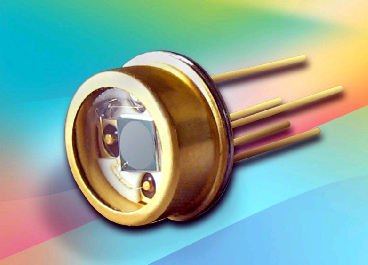Photodetectors
A photodetector is a device that imprints the image of an object or scene onto a material. Photodetectors are made in various ways and can be used for different purposes. Most photodetectors fall into the phototube, thermal detector, or camera category. These photodetectors are used for communication, navigation, and record keeping.
Types of Photodetectors
Phototube
A phototube is a device that contains a chamber and is either filled with gas or vacuumed so that light passes through it. Phototubes are extremely sensitive and detect ultraviolet, visible, and infrared light. They are most commonly used in projectors, but are also found in other light sensing devices. Phototubes are outdated and photoresistors and photodiodes have taken their place.
Thermal Detector
A thermal detector is any device that receives infrared light and converts it into a digital signal. Thermal detectors are dependent on pyroelectric materials, which naturally produce an electric current when heated or cooled. They are especially sensitive to sudden changes in temperature and detect moving objects because all objects emit infrared radiation.Thermal detectors may be coated with several different mirrors or lenses in order to capture the most light and some models broadcast an infrared signal as well. As infrared radiation passes through the lenses at different angles and reaches the pyroelectric material, the thermal detector converts the infrared light into a thermal picture. Thermal detectors are used for transferring data, controlling electronic devices, in heat-seeking missiles, and in motion detectors.
Camera
The most common type of photodetector is the camera. Cameras are used in photography, surveillance, communication, and identification. All cameras, whether designed for still pictures or videos, use lenses and a light absorbing material. Generally, this material is a film, metal plate, or charge-coupled device. In most cases, film is used for still pictures and a metal plate or charge-coupled device is used for digital videos.
Advantages
Photodetectors are very advantageous because they provide electronic devices with artificial sight. They allow users to record events, share memories, communicate across far distances, and see objects from angles that humans cannot. Most people use photodetectors on a daily basis. For example, digital and film cameras, webcams, televisions, and computer monitors are all types of photodetectors.


Comments - No Responses to “Photodetectors”
Sorry but comments are closed at this time.